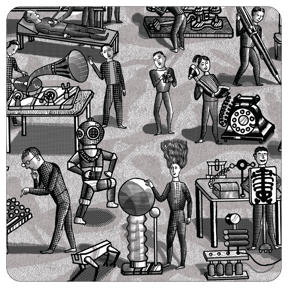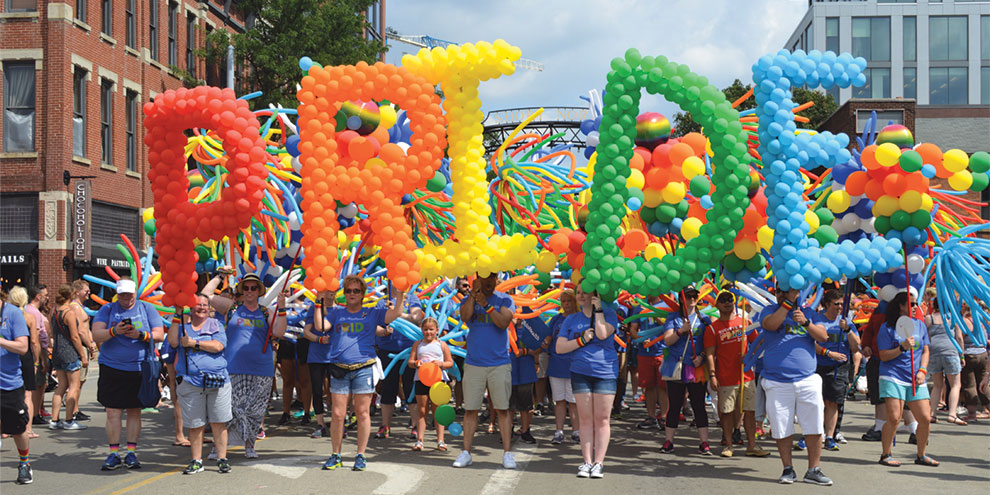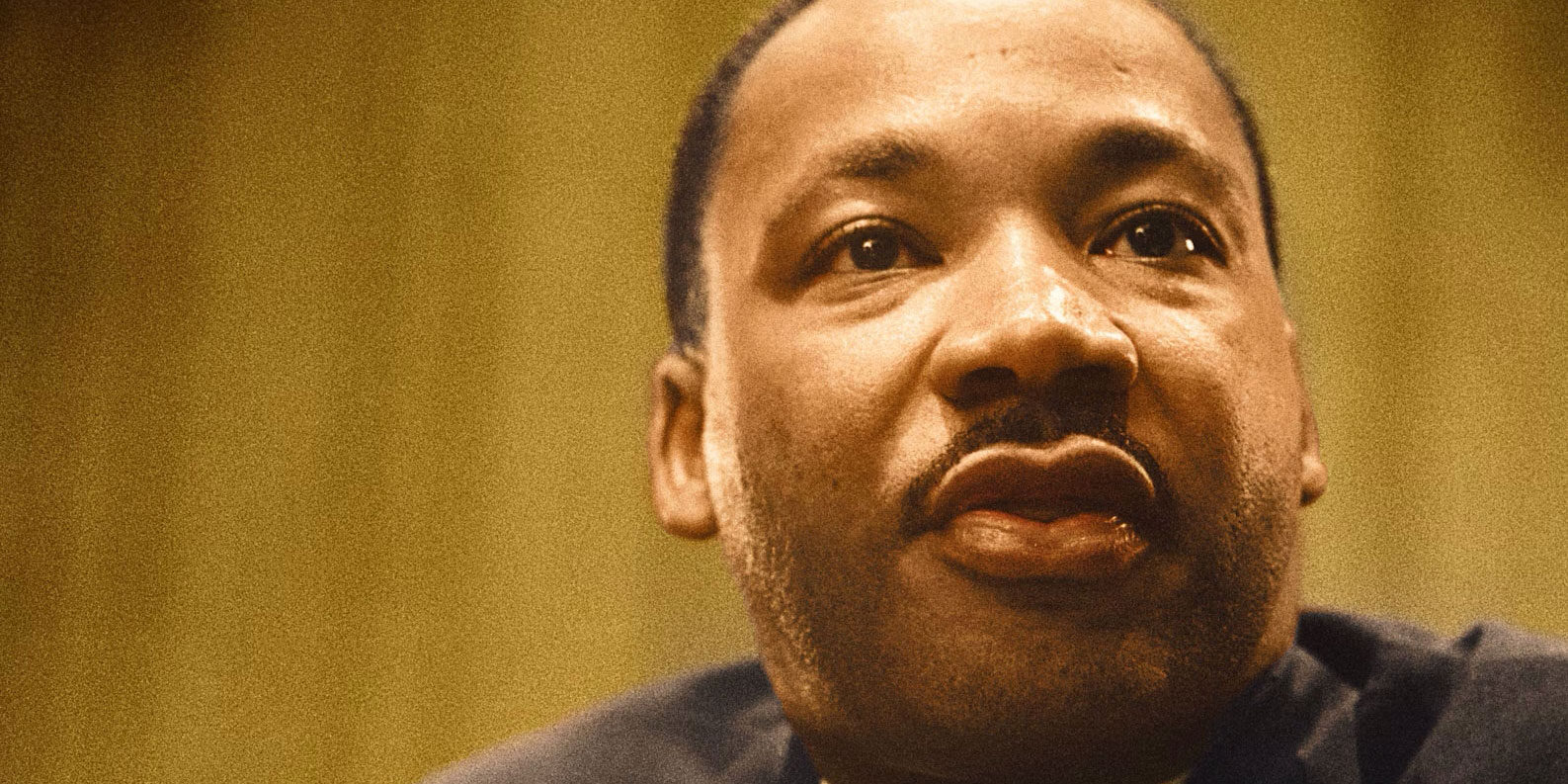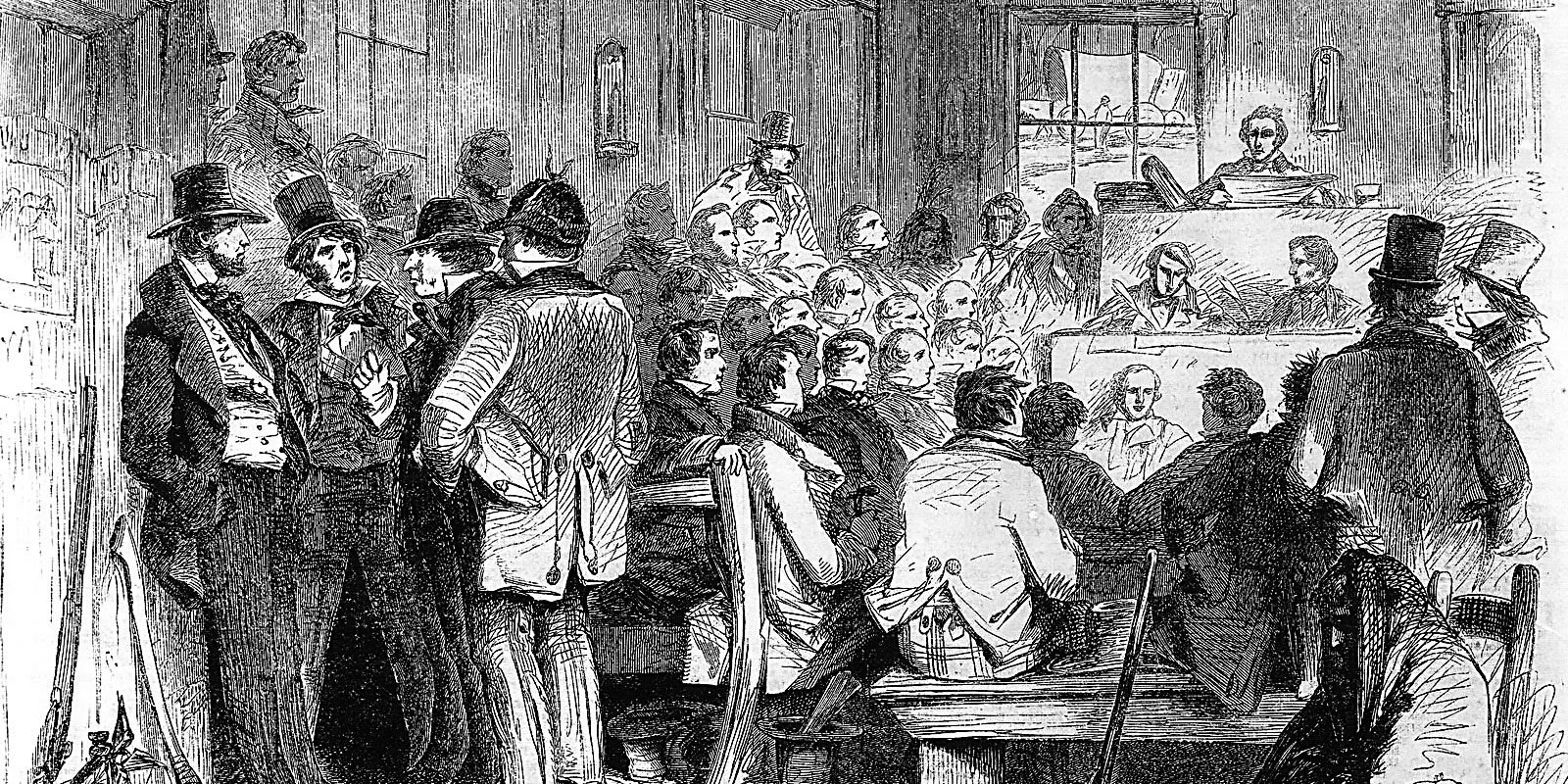Looking Back at The Challenger Disaster
Tuesday, January 28, 1986, dawned bright, clear, and unusually cold in Cape Canaveral, Florida. This morning would see the 25th launch of a National Aeronautics and Space Administration (NASA) space shuttle. And while that often excited certain scientists and space enthusiasts, today was different: the STS-51-L mission was the first to carry a civilian. Teacher Christa McAuliffe would accompany the astronauts to conduct educational lessons from space. Tens of thousands of US schoolchildren tuned in to watch the Challenger launch and witnessed tragedy unfold as the craft broke apart only 73 seconds after lift-off, killing all aboard. But how had we gotten here? And what did this disaster mean for the future of NASA and space exploration?
The Space Race Begins
NASA was created in response to the USSR’s launch of the Sputnik satellite in 1957; an extension of Cold War policies, the democratic United States was in competition with the communist USSR for world and space dominance. In April of 1961, Soviet citizen Yuri Gagarin became the first person to enter outer space, again beating the United States for that honor. Less than a month later, Alan Shepard became the first American on a similar journey. As the two superpowers engaged in both arms and space races, a new goal came into sight: the race to the moon.
In 1962, President John F. Kennedy Jr. announced to the world that the United States would place a man on the moon by the end of the decade. Even though Kennedy did not live to see it, Neil Armstrong did exactly that. On July 20, 1969, Armstrong set foot on the lunar surface, saying as he did so, “That’s one small step for [a] man, one giant leap for mankind.” Five other NASA missions visited the moon, taking a total of 18 American men, 12 of whom actually walked upon it. The last was in 1972. To this day, no other country’s citizens have done so.
In the early 1970s, the United States worked with the USSR to create a program whereby all spacecraft from one nation could dock with another’s vehicles. This was known as the Apollo– Soyuz mission, which took place in 1975. After this, there were no more US-crewed space missions for six years.
The Space Shuttle Program
Before the space shuttle program’s launch, NASA vehicles were single-use. Once a capsule had been flown, it could not be sent back up. The space shuttle, on the other hand, was designed to be reusable. The first of which was the space shuttle Columbia, lifting off from Kennedy Space Center in Florida on the 20th anniversary of the Gagarin spaceflight, April 12, 1981. This was a new dawn for space travel, and the United States led the vanguard.
But only five years later, politicians felt public excitement for NASA had grown stagnant. In order to reinspire the American people and encourage STEM education, the Teacher in Space Project was created. Announced by President Ronald Reagan in 1984, more than 11,000 teachers applied. This was narrowed to 114, then to 10, and finally, New Hampshire’s Christa McAuliffe was announced as the winner. Barbara Morgan of California was chosen as her backup.
The press focused a great deal of attention on McAuliffe, who taught social studies, asking why she had chosen to enter. She responded, “Like a woman on the Conestoga wagons pioneering the West, I, too, would be able to bring back my thoughts in my journal to make that a part of our history.” Her ultimate goal fit perfectly with politicians’ desires, as she stated, “One of the things that I would like to do when I go aboard the shuttle is to bring back the wonder of it all.”
The rest of the seven-person crew included Commander Francis R. "Dick" Scobee, Pilot Michael J. Smith, Mission Specialist Ronald E. McNair, Mission Specialist Ellison S. Onizuka, Payload Specialist Gregory B. Jarvis, and Mission Specialist Judith A. Resnik. Like McAuliffe, neither Smith nor Jarvis had been to space before.
The Launch
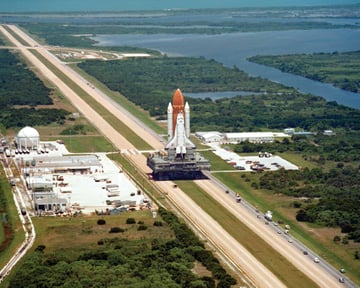 The launch of the Challenger was postponed three times and canceled once from the planned date because of technical issues and weather problems. With so much attention from both the press and the general public, pressure on NASA intensified to make sure it happened—and soon.
The launch of the Challenger was postponed three times and canceled once from the planned date because of technical issues and weather problems. With so much attention from both the press and the general public, pressure on NASA intensified to make sure it happened—and soon.
Despite engineers’ misgivings about the structural integrity of the shuttle’s O-rings, which are used to seal the solid rocket boosters in cold weather, the launch went ahead. It lifted off at 11:39 a.m. Less than two minutes later, the shuttle had disintegrated, raining debris from the sky. The engineers were right; freezing temperatures and icy conditions on the launch pad the night before caused the O-rings to fail, allowing gas to escape and ultimately causing the fire that engulfed the craft.
Children all over the country watched in real time as the Challenger disappeared in a plume of fire and smoke. It has been estimated that almost half of US students aged nine to 13 were tuned in to the broadcast. NASA’s moment of hope and glory turned tragic as the world looked on in horror.
The Aftermath
Although he was scheduled to deliver the State of the Union address that evening, President Reagan postponed it, and he instead made a speech to the American people. Many wrote to the White House expressing their grief and concern for the astronauts’ families. Shortly thereafter, tributes to the crew of seven came pouring in. Their legacy lives on in educational centers, memorials, and even street names all across the country.
NASA shuttles were grounded for the next two years as a special commission investigated the disaster. In 1988, the Discovery was launched in what was known as the Return to Space flight. When it returned safely to earth, mission control called it “a great ending to the new beginning.” In 2011, the Atlantis was launched in the 135th and final shuttle mission.
This story was excerpted from The 1980s Issue, Vol 2.9.
.jpg?width=172&height=223&name=TIS2091980s%20(1).jpg) The 1980s Issue: Volume 2.9
The 1980s Issue: Volume 2.9
Big hair, big money, big emotions...the 1980s were a strange, exciting decade. In this issue, students will explore the many different developments of the '80s and assess how the decade changed the world. Sometimes known as the Age of Reagan or the Decade of Greed, students will consider issues of inequality, advancements in technology, the last years of the Cold War, and more. Bring on the hairspray!
